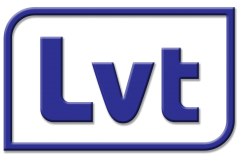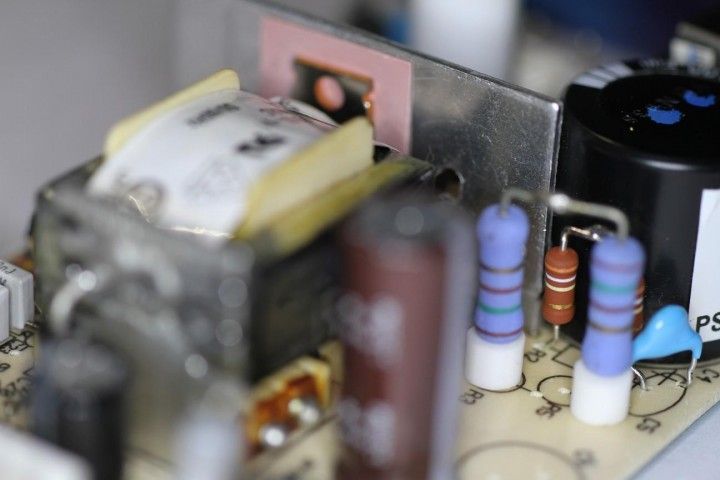IEC 61204-3 Standard
Low-voltage switch mode power supplies - Part 3: Electromagnetic compatibility (EMC)
IEC 61204-3 standard is one of the Electromagnetic Compatibility (EMC) product standards. Manufacturers of low voltage switched power supplies design their products according to IEC 61204-3 standard and have them tested (EMC Test).
IEC 61204-3 standard covers general EMC specifications for basic safety and required performance for low voltage switched power supplies, devices and systems.
The purpose of the IEC 61204-3 standard is to specify the general characteristics and tests (EMC Test) for the electromagnetic compatibility (EMC) of low voltage switched power supplies.
Electromagnetic Compatibility (EMC) Tests:
Electromagnetic Compatibility Tests (EMC Test) are aimed to operate any electrical and electronic device or system without being affected by and affecting other devices or systems in the environment. EMC Tests are examined in 2 general categories as immunity and emission.
Emission Tests specified in IEC 61204-3;
- Radiated Emission Test - EN 55011
- Conducted Emission Test - EN 55011
- Harmonics Test - EN 61000-3-2
- Flicker Test - EN 61000-3-3
Immunity Tests specified in IEC 61204-3;
- Electrostatic Discharge (ESD) Test - EN 61000-4-2
- Radiated Immunity Test - EN 61000-4-3
- Electrical Fast Transients / Burst Test - EN 61000-4-4
- Surge Testi - EN 61000-4-5
- Conducted Immunity Test - EN 61000-4-6
- Voltage Dips and Interruptions Test - EN 61000-4-11
Immunity Test Specifications
Equipments Under the test are examined in 2 categories according to the IEC 61204-3 standard. The first of these is residential areas, commercial and light industrial environments; the second is industrial (industrial) environments. The experimental levels to be applied may vary according to the environments.

